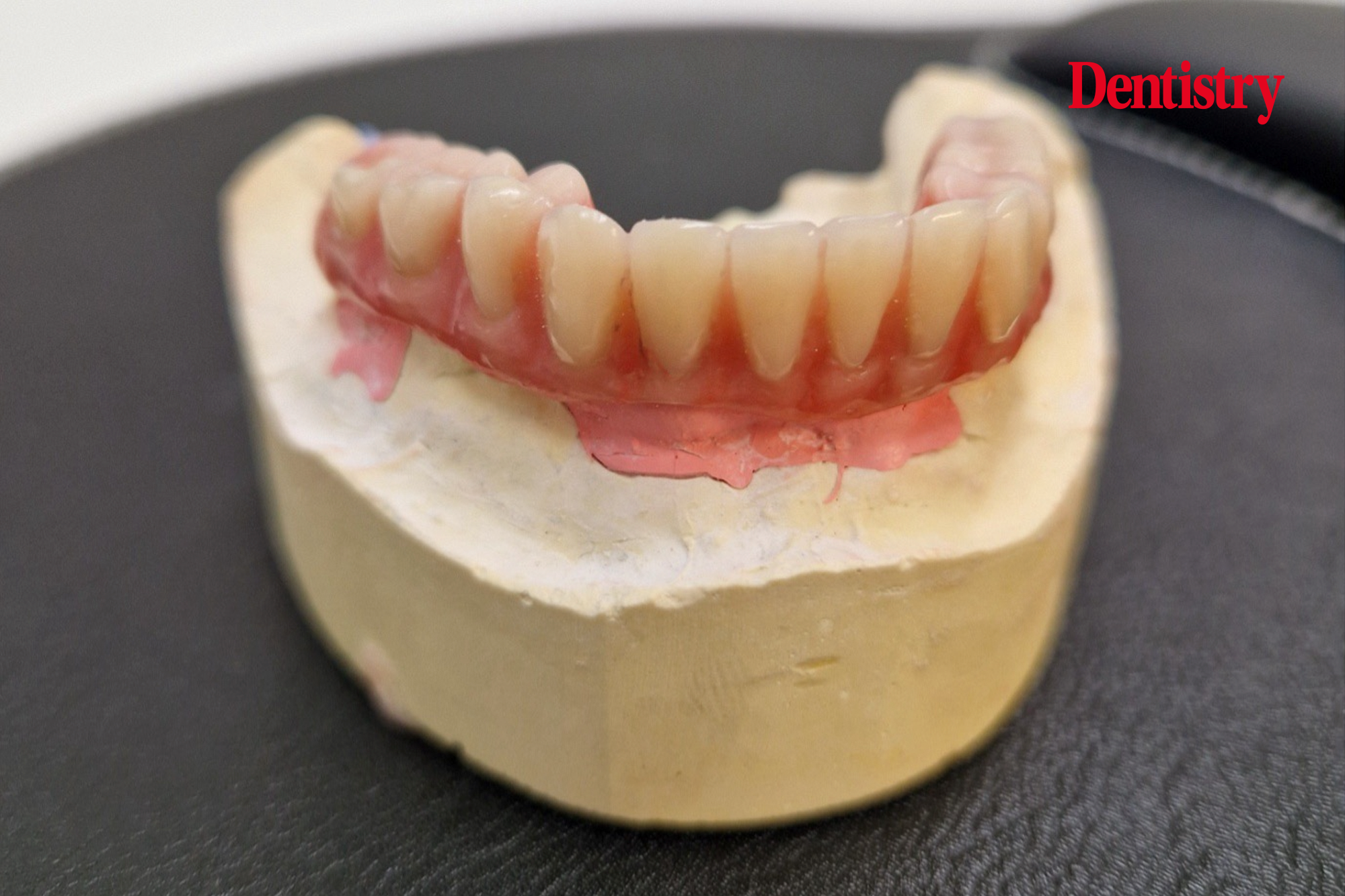
Dr Jurgis Visockis discusses a case study demonstrating the ‘all-on-four’ concept for restoration with dental implants.
The ‘all-on-four’ concept is based on the placement of four implants in fully edentulous jaws to support a provisional, fixed and immediately loaded full-arch prosthesis. Combining tilted and straight implants for supporting fixed prosthesis can be considered a viable treatment modality resulting in a more simple and less time consuming procedure, in decreased financial costs and a more comfortable post surgical period for the patients.

Introduction
A 58-year-old man, partially edentulous for a long period of time due to periodontal disease, was referred to us. Patient had been suffering for a long time trying to get used to various types of prosthetic dentures on lower jaw. We choose this case because it was complex, involving removal of the remaining teeth and bone grafting.
The patient requested fixed prosthetic restoration on lower jaw. In his words, he was ‘fed up of removable dentures on lower jaw’.


Case report
A 58-year-old man was referred by his own dentist due to significant problems with retention of his lower denture. The remaining teeth were painful and the denture was extremely loose. The patient was unable to eat, speak or carry out many every day functions.
Various options were considered, but agreed four Meisinger implants with multi-units and immediate implant retained temporary denture.

The distribution of Meisinger implants is key in order to establish ‘all on four‘ principles. After five to six months of healing and implant integration, we will be placing final screw retained appliance.
The ‘all-on-four’ technique was scheduled to rehabilitate the lower jaw.
Under local anaesthesia, the remaining teeth were removed and sockets cleaned. Full thickness crestal incision was performed from the right first molar region to the left first premolar one. A midline releasing incision was carried out to facilitate flap reflection space around 2-4 mm osteotomy was made in order to make alveolar crest even. All sites were prepared using the manufacturer’s guidelines (Meisinger Implants), under copious sterile saline irrigation. A control of a possible communication between implant sites was done before implant placement.
Four Meisinger implants were placed in planed region.
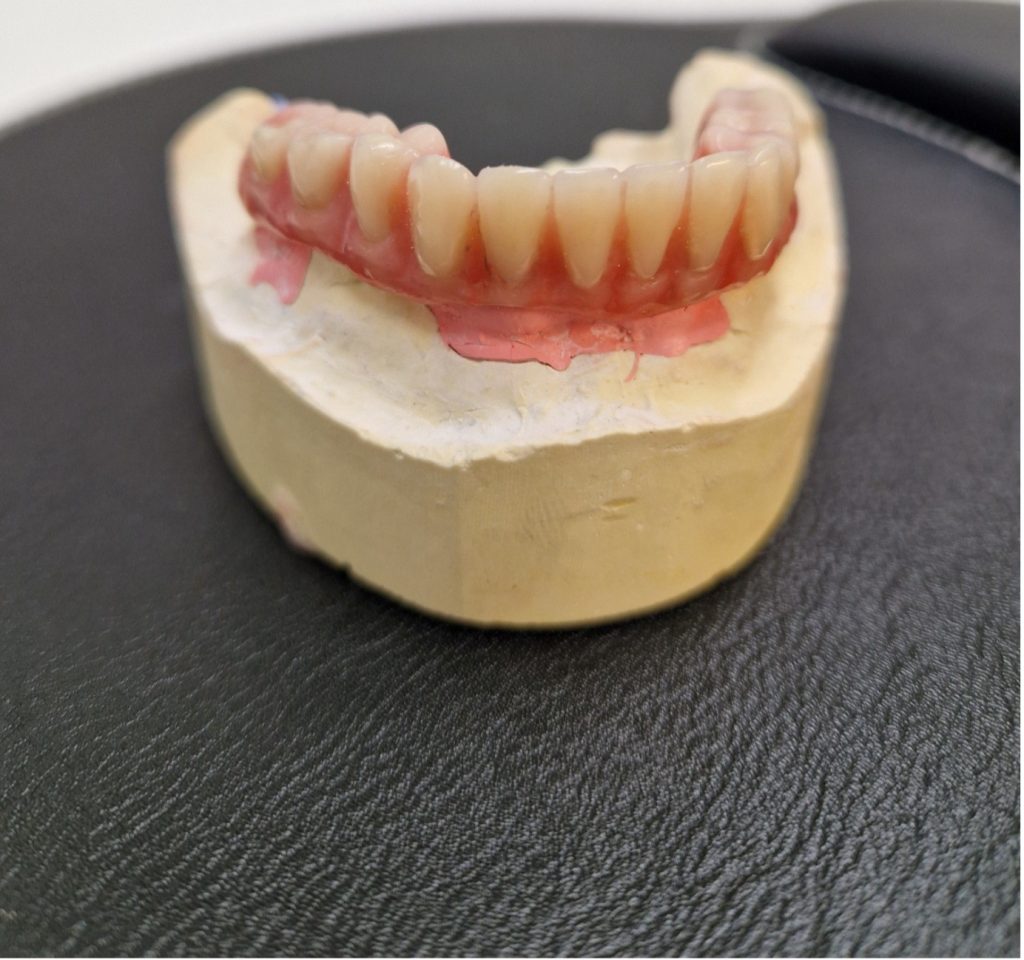
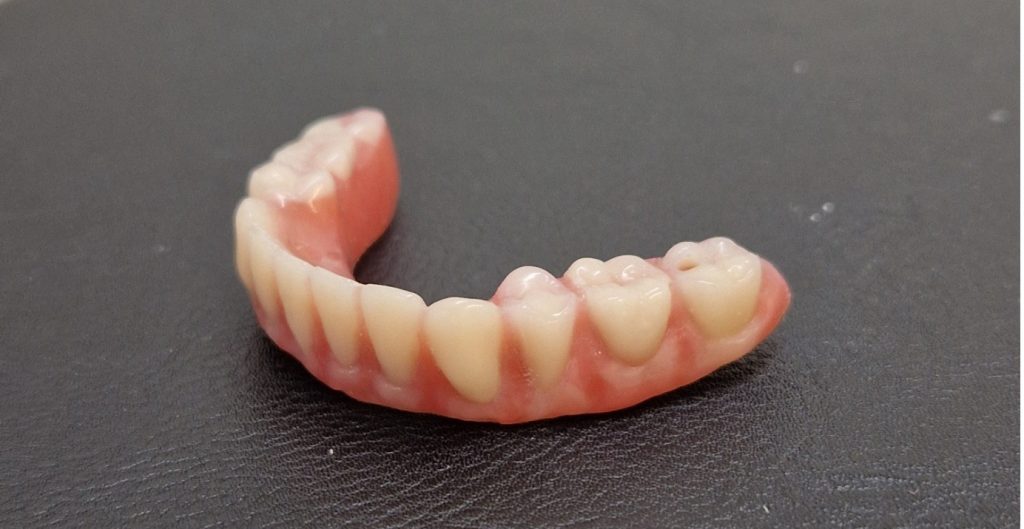
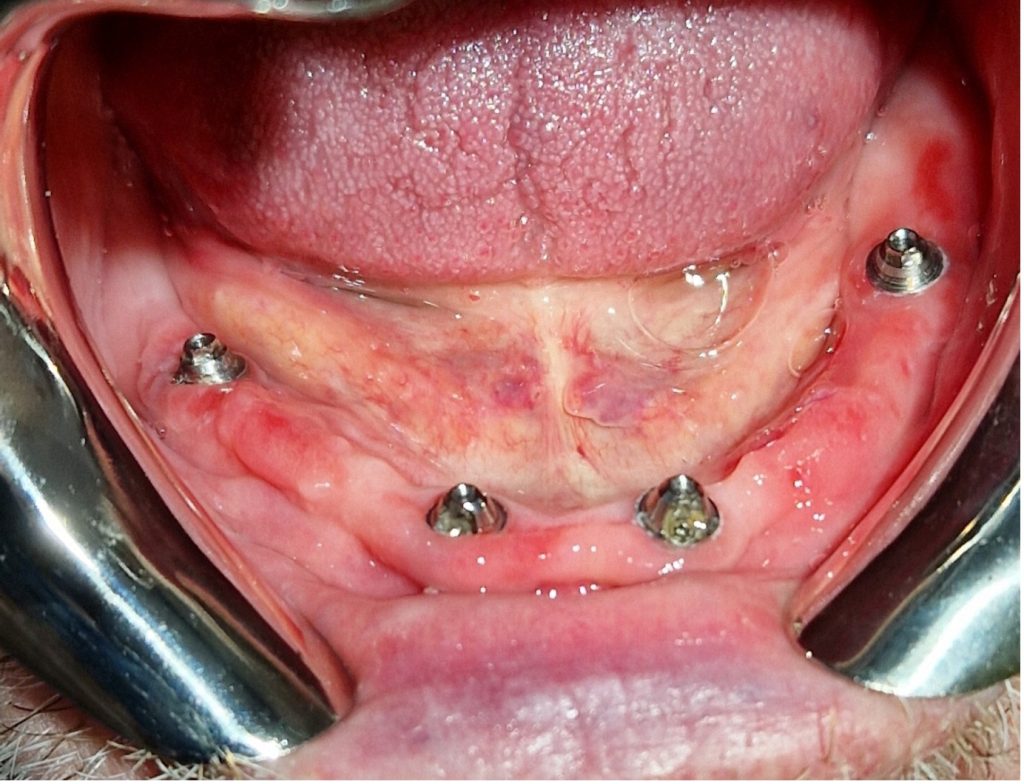
After soft tissue management and closure, straight and angulated multi-units were placed onto the implants. A new temporary denture was constructed which allowed the plate to be securely placed to the implant multi-units.
Five months later new impressions were taken for a final screw retained appliance.
The patient was delighted with the result and can now eat and function normally with a secure and stable denture.
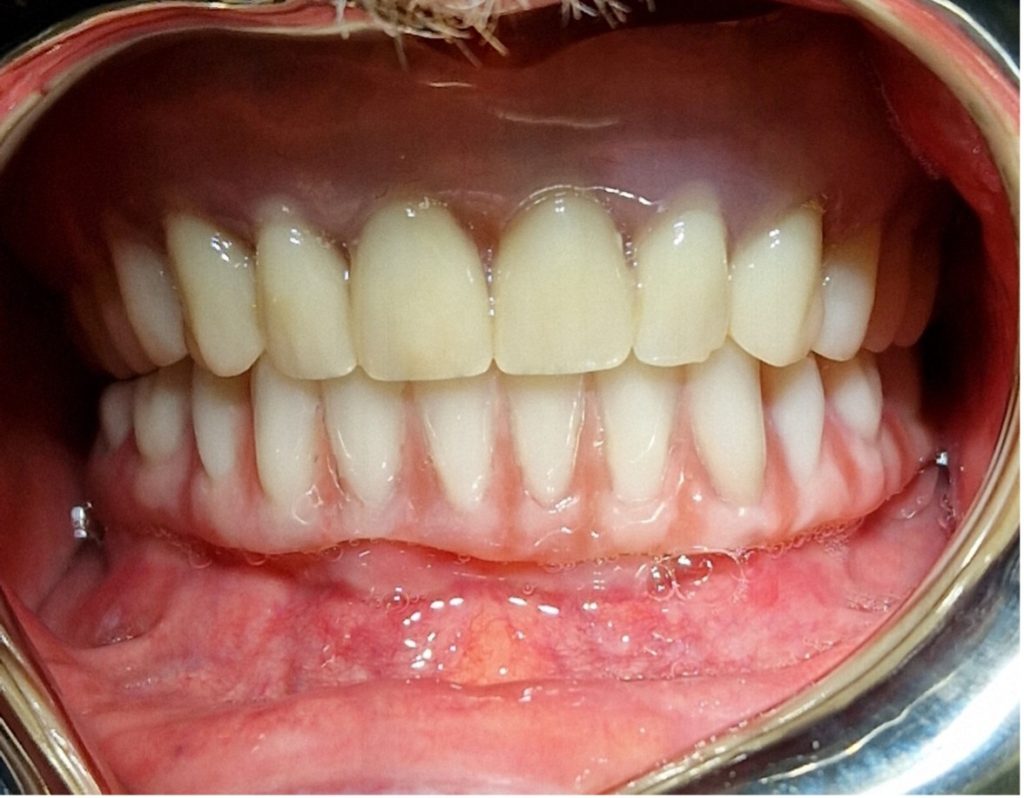

Restoration discussion
A recent shift in practice paradigm has been to minimise treatment costs and patient morbidity while providing the most satisfying patient-centered treatment outcomes according to the state of the art dental practice. The ‘all-on-four’ treatment concept is an attempt to reach these objectives by providing relatively straight forward, predictable treatment option to rehabilitate edentulous patients with a high outcome of quality of life.
In the present case report, we were removing remaining teeth and levelling the bone crest. Because of the sufficient bone thickness distally we were able to place four axial implants. Majority of the lower jaw restoration cases require placing implant on angle, because of the mental nerve foramen.
Furthermore there are no significant differences between axial and tilted implants in terms of success rates and marginal bone loss.
For more information on Meisinger Implants visit meisinger.uk.
This article is sponsored by J&S Davis.
Adblock test (Why?)





